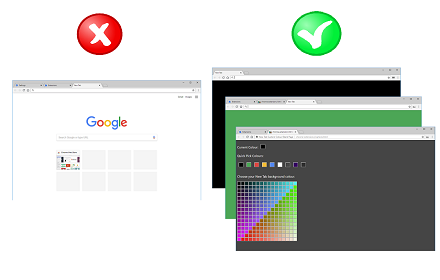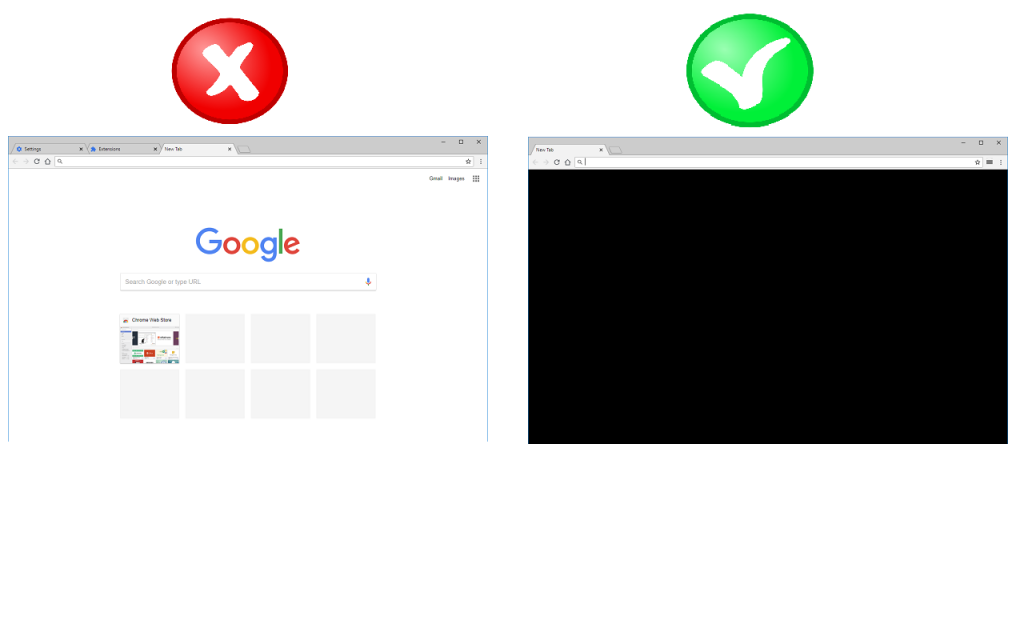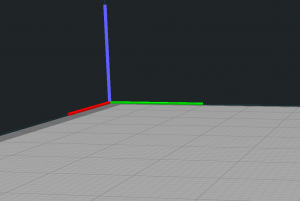I recently attended a Philosophy lecture entitled “In Search of the Self” by Prof. Lilian Alweiss from the Department of Philosophy at Trinity College Dublin. The lecture was interesting, entertaining, engrossing, and (best of all) thought-provoking. Prof. Alweiss began the lecture by asking the question, and I paraphrase (inadequately), “What is the Self, what are you?”. It is a question worth pondering, and answering, before you read on. Perhaps your answer included one or more of the following: my body, my mind, my experiences, my “properties and attributes” or something similar. I wondered: “Is the Self a Process?”. The Self as a Process!
“What is the Self, what are you?“.
I found myself thinking that Self could be understood in terms of behaviour – given a stimulus how do I respond? In one sense, a set of stimuli and responses define who I am. For example, given the stimulus of someone saying to me “Why do we have war?” I might respond “The wealthy must distract the poor from their plight and provide an alternative enemy”. You and 7 billion other people might have the same or 7 billion other responses. There is an infinite set of possible stimuli. Each stimulus can have an infinite set of responses. Every person will (most likely) have a unique set of stimulus-response tuples. The Self is a set of stimulus-response tuples.
“The Self is a set of stimulus-response tuples.“
I asked myself why a given stimulus results in a corresponding response. I thought about this like a simple mathematical function. Given an input (stimulus), x, some processing f() is done on x and the result (response) is y. Thus, y = f(x). To build on the example from earlier: “The wealthy must distract the poor from their plight and provide an alternative enemy.” = f(“Why do we have war?”). Another example might be: “64” = f(“What is 82?”). We can define: X as the set of all stimuli; Y as the set of all responses; and F() as the set of all functions. Thus, Y = F(X). The Self is a subset of F(), the set of all functions.
“The Self is a subset of F(), the set of all functions.“
Each function f() is the process by which we respond to a stimulus. The details of how f() processes a stimulus and generates a response is beyond the scope of this blog post, but I will simply say it is probably, at least in part, contributed to by cognition and encoded in neuronal connections. I propose it is this process that is the Self. The Self is the process, not the physical parts.
“The Self is the process, not the physical parts.“
Some Implications of The Self as a Process.
One implication is that the Self only exists when the process is active. I find this compatible with Descartes “Cogito ergo sum“. Perhaps it is, or is not, a novel interpretation of Descartes, to say that when you think (the process is active) then the Self exists. Conversely, when you do not think (the process is inactive) then the Self does not exist.
Another implication is the Self, defined here as a process, could theoretically be replicated and duplicated.
Final Thoughts
The examples given involve external stimuli, but these could equally come from an internal thought process – in both cases they are considered stimuli.
The Self described here may not appear to consider the physical body – other than embodied neurons which encode the (subset of F()) processes. The argument could be made that these neurons and/or the physical body represent the Self (rather than the processes); I would respond that those same neurons and the physical body are still present in a deceased corpse, however the Self is not present in a deceased corpse – because the processes have ceased.
There is a lot more thinking required on this subject (it’s only been 5 days since the lecture). I hope you found this blog post stimulating and I welcome your response in the Comments section below.














